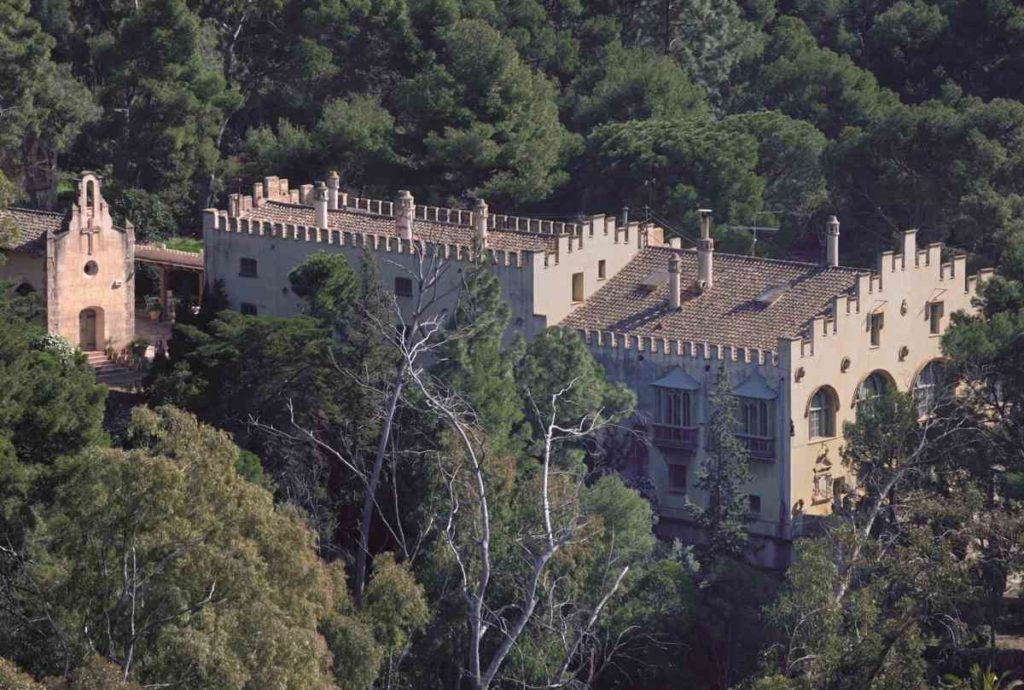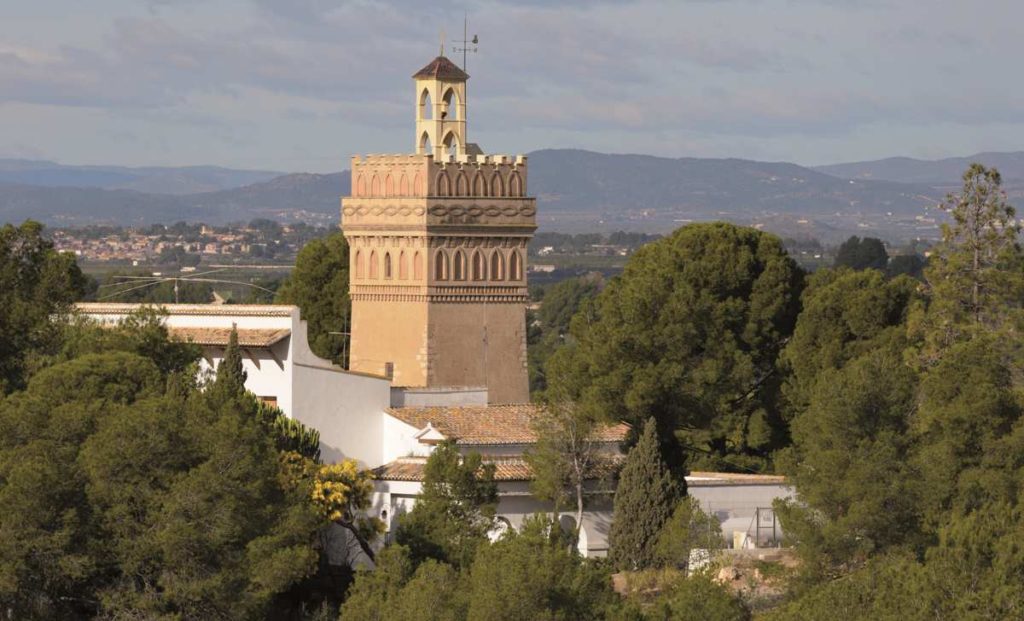Porta Coeli Charterhouse
Without a doubt, this Carthusian monastery is Serra’s most important landmark. It is located right in the middle of the valley of Lullén and very close to the recreation area of Pla del Lluc. After visiting the monastery and its impressive Gothic aqueduct, these recreation areas are the best place to enjoy nature in family.
The monastery of Porta Coeli was the first one of the Carthusian order in Valencian territories. It was founded in 1272 and raised over the remains of an Andalusian hamlet. The land had been acquired by Andreu d’Albalat, confessor to King Jaume I and founder of the monastery. The Carthusian order was created at the end of the 11th century by Sant Bru (Bruno of Cologne) and other six monks. They picked a secluded valley in the French Alps to follow their religious call, under a strict rule of prayers, silence and loneliness.
This setting near Serra was the perfect place to establish a spiritual haven for the quiet life of the order. From Porta Coeli’s natural surroundings, the monks wound obtain many resources for their existence, such as stone and wood for constructions, abundant harvests, herbs for their apothecary, grass to feed the cattle, firewood and coal. They had another source of income from the leasing of their land.
The monastery was originally built in Gothic style, but during its history it underwent a series of modifications according to each period: Renaissance, Mannerism, Baroque and Neoclassical. Attached to the monastery, a Gothic aqueduct from the 14th century still stands on its twelve arches. The charterhouse is divided in two different zones: the cloistered part and the so called ‘zone of obedience’. This is the typical design of a Carthusian monastery from the Middle Ages.
The Porta Coeli charterhouse was a first-class political and religious centre. Within its walls, the Bible was translated to Valencian for the first time. Its translator was Bonifaci Ferrer, brother of Valencia’s patron saint Sant Vicent Ferrer. Part of the artwork of the charterhouse (the work of painters like Ribalta, Camaron and Planes) is kept in the Museum of Fine Arts of València. Other works are kept in the Museo del Prado in Madrid.
With the Ecclesiastical confiscations of Mendizábal occurred in Spain in 1835, the monastery was divided in three country houses, La Mayoralía, La Pobleta and La Torre, and its good were sold to private hands. The Carthusian monks came back to the monastery of Porta Coeli during the forties of the last century. In 2006, the monastery was listed as relevant cultural heritage in the landmark category. Nowadays visits are not allowed.
The charterhouse can be accessed following the CV-310 from Serra heading to València. After passing the cemetery, a turn to the right takes us by the CV-328 road to Porta Coeli.
For more information http://www.cartujadeportacoeli.org/









La Pobleta
The country house La Pobleta was built on the remains of the Andalusian hamlet of Lullén, two kilometres away from the Carthusian monastery. It belonged to the monks until the Spanish confiscation of 1835. The current building was raised at the end of the 18th century. It has a floor plan of 744 square metres, three stores and a basement. It is surrounded by a magnificent garden and a grove. Nowadays it is private property.
La Pobleta was the residence of Manuel Azaña, president of the Spanish Second Republic, when the Republican Government had to flight Madrid and settled in València. Azaña, regarding the peace and silence around his new home, wrote on his memoirs Cuadernos de La Pobleta: “Here in this countryside, there is absolute silence, Mediterranean sun, the smell of flowers. It seems like nothing is happening in the world”.
La Torre
The country house of La Torre used to be one of the old possessions of the Carthusian monastery. The fruit of its vineyards resulted in the production of the famous Porta Coeli charterhouse wine. The site retains its original structure, as it was designed by the monks with the old cellar. Nowadays it is private property.










